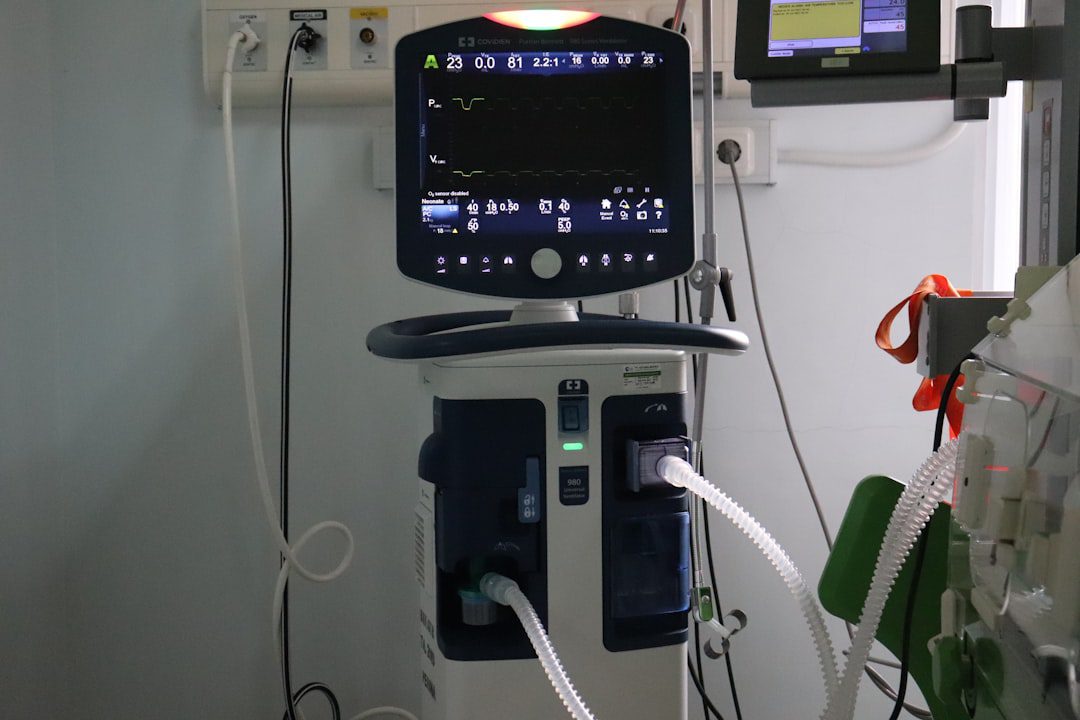
Critical Safety Alert: Calyxo Aspiration System Under FDA Review
The FDA has issued an early alert regarding a significant issue with Calyxo’s aspiration system, marking a pivotal moment in the agency’s evolving approach to medical device safety communication. This alert is part of the FDA’s Communications Pilot to Enhance the Medical Device Recall Program, representing a strategic shift toward more proactive and transparent safety notifications.
Understanding the FDA’s Communications Pilot Program
The Communications Pilot to Enhance the Medical Device Recall Program represents the FDA’s commitment to improving how safety information reaches healthcare providers and patients. This initiative aims to:
- Provide earlier notification of potential safety issues
- Enhance transparency in the recall process
- Improve communication effectiveness through multiple channels
- Reduce time between issue identification and public awareness
For medical device manufacturers, this pilot program signals a fundamental change in how the FDA approaches device safety communication, moving from reactive to proactive strategies.
What This Means for Aspiration System Manufacturers
Aspiration systems are critical medical devices used in various clinical procedures, from respiratory therapy to surgical applications. Issues with these devices can have immediate and serious consequences for patient safety. The Calyxo alert underscores several key considerations:
Design Control Implications: Manufacturers must ensure robust design controls under ISO 13485 and 21 CFR 820.30 requirements. Aspiration systems require particular attention to:
- Suction pressure consistency and control
- Filter integrity and replacement indicators
- Fluid collection system reliability
- Emergency shutdown mechanisms
Risk Management Requirements: Per ISO 14971, manufacturers must continuously evaluate risks associated with aspiration systems, including failure modes that could compromise patient safety or treatment efficacy.
Immediate Actions for Medical Device Manufacturers
This early alert serves as a critical reminder for all manufacturers to evaluate their current safety monitoring and communication protocols:
1. Review Post-Market Surveillance Programs
Ensure your post-market surveillance system under 21 CFR 820.198 is robust enough to detect potential issues before they escalate to recall status. Key elements include:
- Customer complaint trending analysis
- Service report evaluation
- Adverse event monitoring
- Performance data review
2. Strengthen Communication Protocols
With the FDA’s enhanced communication approach, manufacturers must be prepared to:
- Respond rapidly to FDA inquiries
- Provide comprehensive technical documentation
- Coordinate with healthcare facility communications
- Maintain transparent stakeholder updates
3. Enhance Quality Management Systems
Review your QMS to ensure alignment with the FDA’s evolving expectations for proactive safety management:
- Implement predictive analytics for failure detection
- Establish clear escalation procedures
- Maintain comprehensive device history records
- Ensure corrective action effectiveness
Regulatory Compliance Considerations
The Communications Pilot program may influence future regulatory requirements. Manufacturers should monitor developments and consider how enhanced communication expectations might affect:
- 510(k) submission requirements
- Post-market study obligations
- Medical Device Reporting (MDR) timelines
- Quality agreement specifications with suppliers
Proactive Compliance Strategy
Rather than waiting for regulatory changes, forward-thinking manufacturers should implement enhanced communication and monitoring systems now. This proactive approach not only supports patient safety but also demonstrates regulatory leadership that can benefit future FDA interactions.
The Calyxo aspiration system alert represents more than a single device issue—it signals the FDA’s commitment to transforming medical device safety communication. Manufacturers who adapt quickly to this evolving landscape will be better positioned for long-term compliance success and enhanced patient safety outcomes.


No comments yet. Be the first to comment!